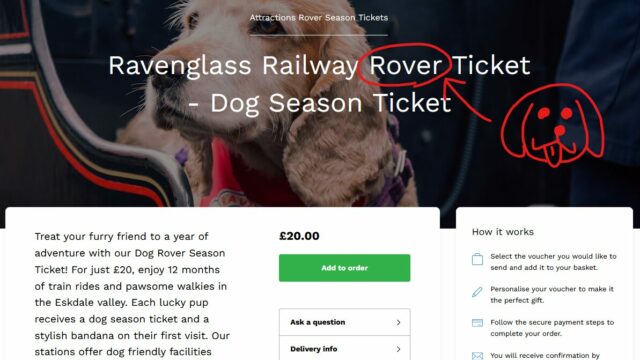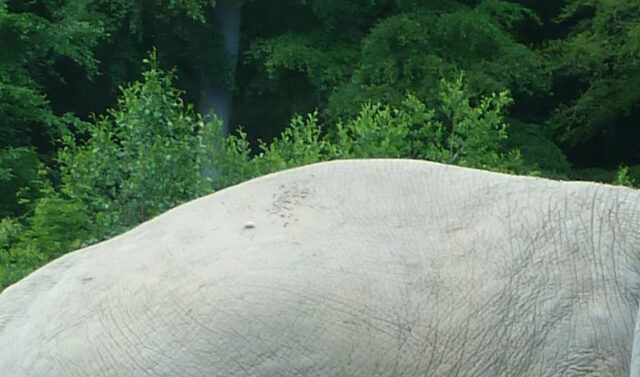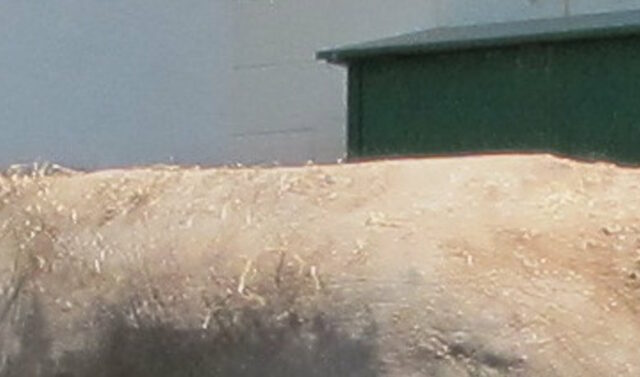Dogs are being offered boat and rail season tickets to ease their path to walkies in the Lake District.
Ullswater Steamers and the Ravenglass and Eskdale Railway have introduced £20 annual “Rover” season tickets, which include a 10% donation to animal charities.
The cost for a standard doggie day ticket is £2.50 for the railway and £1 for a boat trip.
…
In a world where the news is dominated by war, cyber attacks, or imminent elections, it’s nice to be distracted by a nonsense bit of news. And this one’s just delightful.
For a fee of £1 – £2.50, dogs can travel on the boats and railways of Ravenglass and Eskdale Railway and Ullswater Steamers. So far, so good.
And now they’ve introduced a season pass for people who take their canines on the ferries or railways more often. Also good.
And they’ve called the season pass for dogs… a “Rover” ticket.
Excellent.






